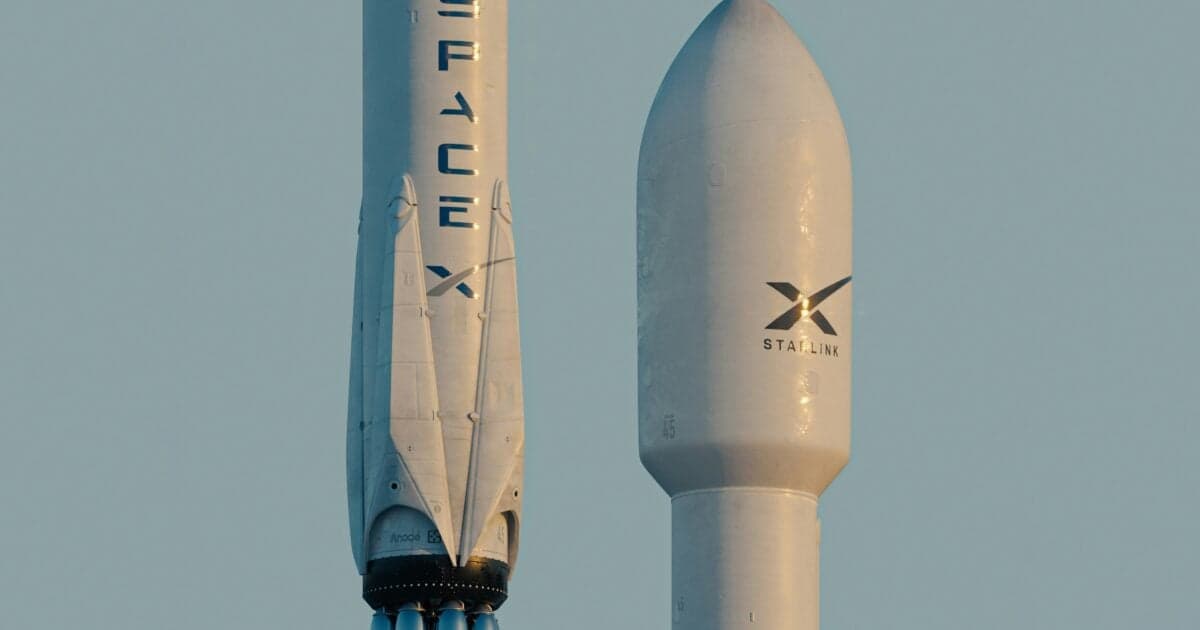McDonald's (MCD) Returns to Quarterly Sales Growth for Investors


The golden arches are gleaming again...
After two quarters of same-store sales declines... with low- and middle-income customers visiting less frequently... McDonald's (MCD) U.S. restaurants returned to growth this quarter.
Low‑cost meal deals and the return of fan favorites like Snack Wraps led to more customers coming in. Plus, digital orders passed one‑third of total visits.
Speaking personally, the $5 Meal Deal is exactly the right amount of food...
You can't go wrong with a McDouble, a couple Chicken McNuggets dipped in a spicy sauce, a small fountain Coke, and a handful of fries. (What's your Mickey D's order? Write us by clicking here.)
However, the company did note that visits by low-income customers remain down in general, and that middle- and higher-income Americans were visiting the fast-food chain more frequently. (Guilty...)
Should investors treat this as a sign of trouble ahead of the U.S. economy... when lower-income folks can't afford a trip to McDonald's?
Let's take a look...
McDonald's Latest Quarter by the Numbers
As my colleagues Corey McLaughlin and Nick Koziol reported last week, McDonald's handily topped Wall Street analyst expectations for earnings and revenue:
CEO Chris Kempczinski chalked up the performance to marketing and new menu items.
For example, McDonald's had a marketing effort tied to the Minecraft movie and also launched McCrispy Chicken Strips and other new items. The chain's loyalty program also helped.
Consolidated revenue climbed 5% to $6.8 billion and adjusted earnings came in at $3.19 per share.
The company wants to bring on more than 250 million global loyalty users to its mobile app. They call it their "Accelerating the Arches" growth strategy.
Looking ahead, Kempczinski noted that reengaging lower-income consumers is critical. They usually visit more frequently than higher-income customers. So if the company can capture that demographic again, without losing ground with middle- and higher-income customers... the stock should have a strong catalyst to head higher. As Reuters reported:
"While rivals like Yum Brands and Chipotle struggled with consumer pullback, McDonald's played to its strengths by leaning into value, nostalgia and limited-time promotions," eMarketer analyst Zak Stambor said.
Investment in voice‑activated drive‑thru ordering and kitchen automation aims to cut wait times and labor costs... And new store formats, including smaller digital pickup lanes, could widen the brand's footprint inside cities.
The company is targeting 4% yearly unit growth. And it plans to continue to convert company-run stores to franchises where possible. That shift boosts margin and expands the real‑estate rent stream.
McDonald's Hidden Real Estate Business
McDonald's is not only the world's largest burger chain – it is also a real estate giant.
Early president Harry Sonneborn taught the company to own or control the land beneath most restaurants. That lets franchisees run day‑to‑day operations, while McDonald's collects rent and royalties.
As editor Whitney Tilson recently wrote in our flagship Stansberry's Investment Advisory (paywalled link for Advisory subscribers)...
When we recommended it in December 2012, McDonald's EBITDA [earnings before interest, taxes, depreciation, and amortization] was around $10 billion a year – 37% of its sales. Last year, its EBITDA topped $15 billion... an extraordinary 59% of its sales.
McDonald's revenues have declined by about 4% over this period. But this is nothing to worry about. This isn't a shrinking business.
The reason for the decline is that, back in 2012, McDonald's owned and operated 6,600 restaurants, nearly 20% of its 34,000 total, with the rest franchised. Of the roughly 44,000 restaurants it has today, it only owns 2,000 (or about 5% of the total). That translates into less revenue (and expenses) on its income statement.
However, McDonald's also has more franchised restaurants today than it did in 2012. And it collects high-margin rents and franchise fees, making its business far more profitable and capital efficient.
About 40% of total revenue now comes in from property income. And return on invested capital has held near 20% for a decade. That shows strong cash generation with modest capital needs.
The Stansberry Score Still Loves McDonald's
All that means McDonald's is an incredibly capital-efficient company. It generates billions of dollars per year in free cash flow. And it has raised its shareholder dividend every year since 1976.
This payout streak is a signal of discipline and durability – traits prized by long‑term investors... And it's only one year shy of the 50‑year mark needed to enter the elite Dividend King club.
And today, after decades of growth, McDonald's still ranks in the top 100 out of more than 4,500 companies that our Stansberry Score grades. Take a look...
McDonald's is a core holding in several Stansberry Research model portfolios. For value investors who like simple businesses and steady income, the golden arches are still worth buying.
Get More From Stansberry Research
To quickly catch up on the biggest trends in the market, click here to subscribe to our free daily newsletter called the Stansberry Digest, as well as a weekly "catch up" e-mail and video series called This Week on Wall Street.
Every day, we break down the biggest trends in the market, share what our experts are reading and thinking about, and give you a sneak peek at our latest investment recommendations.
In recent weeks, we've detailed everything from...
- Why a handwritten note from President Donald Trump to Federal Reserve Chair Jerome Powell sent the market soaring.
- The reasons behind today's bitcoin and crypto "infinite money" public-market hacks... and why this should remind you of the dot-com days.
- How to make money in a time of global crisis. History is clear: When other investors panic and sell during times of war, you should buy.
- And far more...
Sign up for the Stansberry Digest to gain an instant edge over Wall Street.




